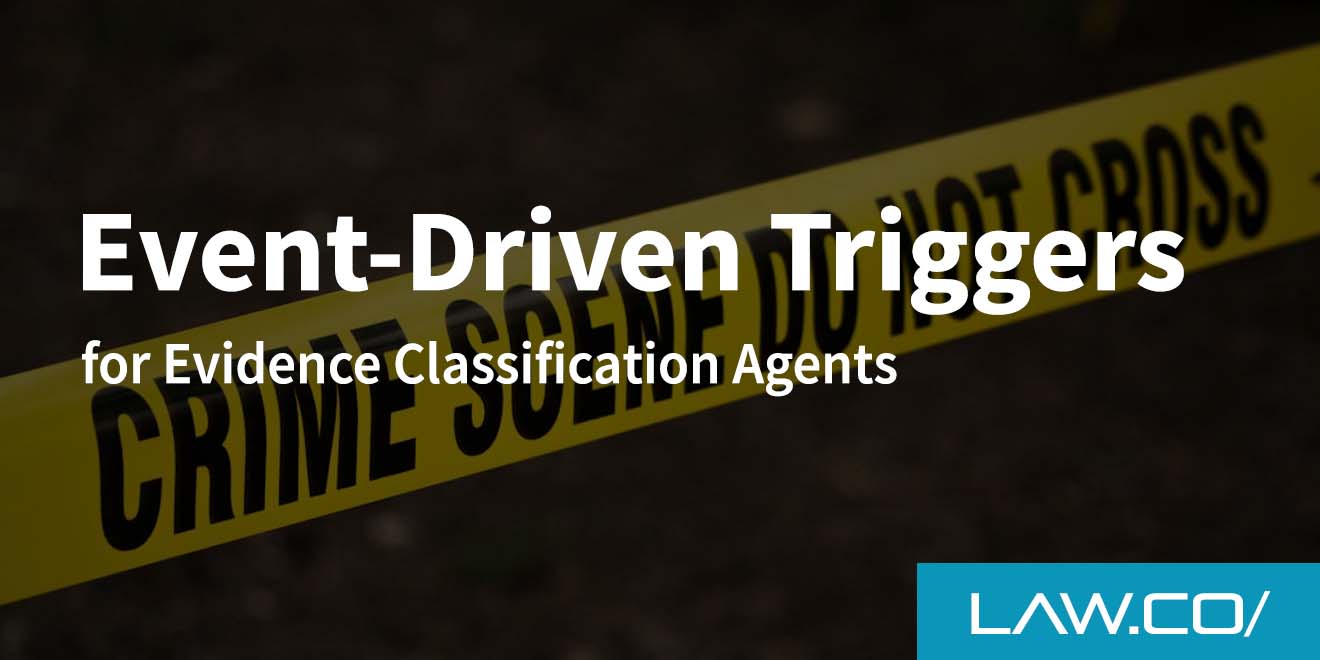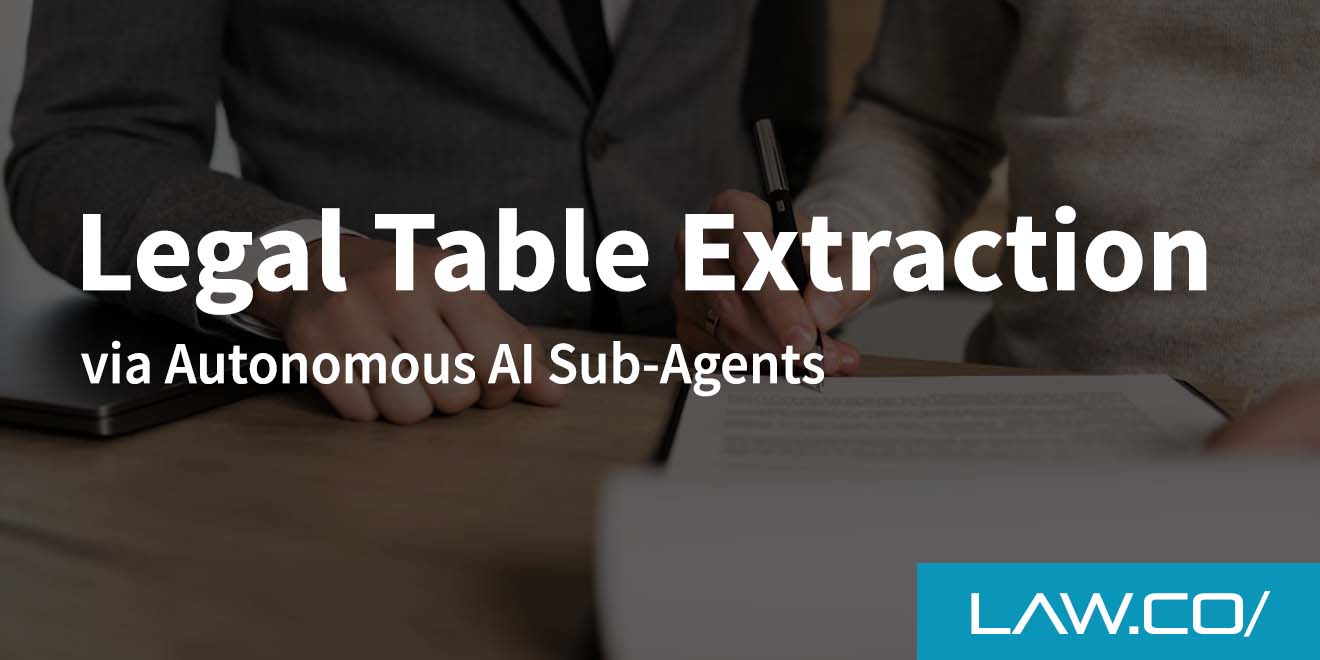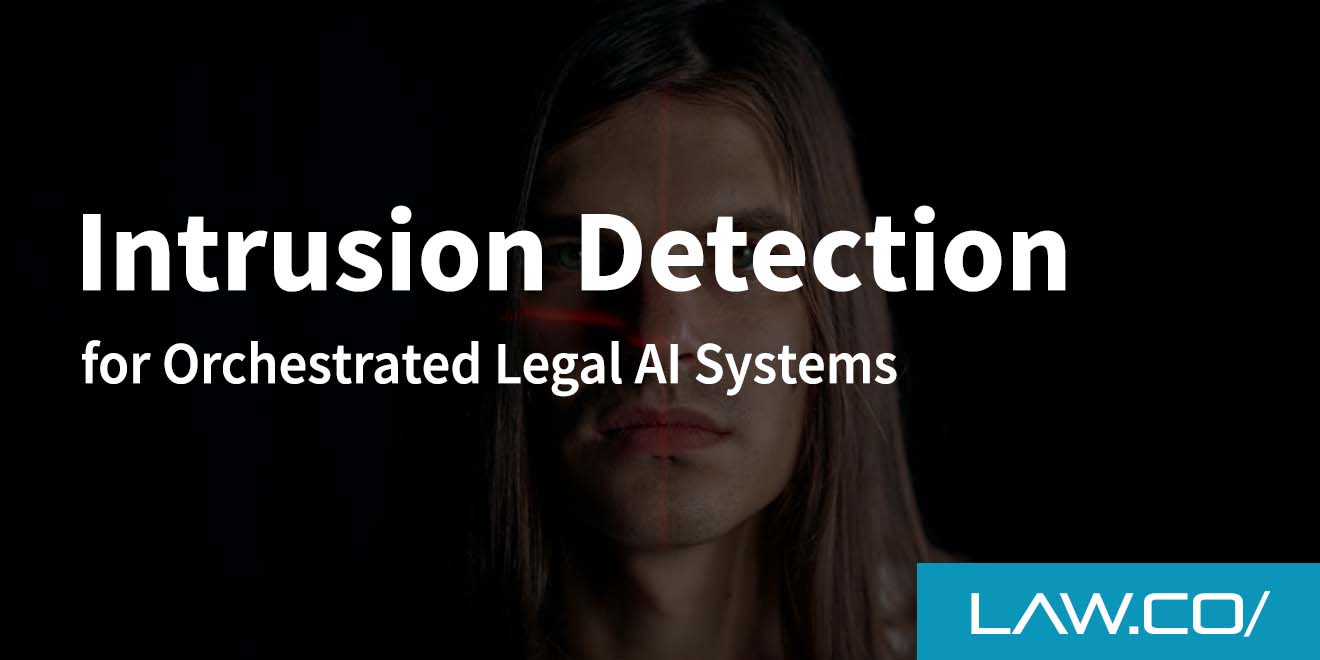

AI-Powered Legal Brief Drafting vs. Traditional Brief Drafting
Legal brief drafting is an essential task lawyers need to master in order to be successful in their practice. In the past, this process typically relied on using a standard format and thorough research of relevant precedents by attorneys.However, over the last few years, there has been an emergence of artificial intelligence (AI) technology in brief drafting with remarkable implications for lawyers and legal firms wanting greater efficiency and deeper insight into cases.This blog will examine traditional versus AI-powered briefing processes, including a comparative analysis and examples along with future implications and considerations.
Traditional Brief Drafting

SourceThe traditional process of brief drafting involves lengthy research and analysis of the relevant legal documents. The information is then structured into an argument that can be presented intelligently in front of a court.Attorneys typically communicate the facts and their interpretation to compose a persuasive narrative that will enable them to win their client's case.It is usually necessary for attorneys to break down single huge laws, rules, statutes, and case law which may involve additional research besides what has been initially collated. Therefore, brief drafting often takes time for attorneys to complete.
Role of attorneys in traditional brief drafting
The role of attorneys in traditional brief drafting branches widely and places heavy responsibility on them. They have the expertise of knowing how certain facts will unfold themselves as a result of legal arguments or research they collect, thereby outlining any procedural information on the case model.An attorney should further acquire analytical thinking capacities within established protocols to craft complete briefs capable of positively making their client win against opposing parties during trials.Aside from generating well-argued language for briefs, lawyers must also carefully sift through volumes of evidentiary records and strategic reckonings of how detailed matters can cause better validation through impactful briefs.
Challenges faced in traditional brief drafting
Traditional brief drafting is familiar to the legal field as it has been utilized for decades. Despite its knowledgeable use, attorneys encounter many challenges while tailor-making their briefs for various key politics.The numerous disclosure rules set explicit standards when briefing confidential cases and making them risky endeavors too. Furthermore, precisely speed takes its toll since summaries need to be put together within a reasonable chunk of external deadlines which sometimes results in horrible pieces with even worse professionalism from time-pressed lawyers and illogical orders.Finally, expensive preparations of exploratory facts remain unfounded aims without significant emotional connection within the narrative for clients.
AI-Powered Brief Drafting

SourceAI technology has the potential to revolutionize the legal field, and its deployment in brief drafting is a major development.AI makes use of advances in machine learning, natural language processing (NLP), and computing power to quickly read through existing caselaw to derive arguments tailored for particular scenarios. Analysis can expand from summarizing the facts peripherally related to a case law argument to improving the predictive ability of an actuary probability analysis.Throughout different domains such as contract analysis or court analytics - amongst many pertinent others- AI would be deploying specific algorithms that apply demographic matchmaking to any local contracts in presence providing therefore a number of services such as rectifications and indexing amongst proactive facets.
How AI-powered brief drafting works
AI-powered brief drafting automates the entire process from data and document collection to researching precedents, crafting arguments, and formatting.It uses natural language processing (NLP) algorithms and easily accessible datasets called legal APIs that offer comprehensive document guidance.The AI system scans relevant documents and then quickly gathers both analogic legal conclusions as well as statutory parameters related to all aspects pertinent to the task.
Benefits and advantages of using AI in brief drafting
One major benefit to using AI in brief drafting is its lack of human bias, meaning attorneys do not need to worry about their personal judgments impacting the outcome or legality of what they draft.In addition, AI can perform complex tasks more quickly and with greater accuracy than humans are capable of providing, which means briefs can be crafted in shorter timescales at a lower cost. AI doesn’t require sleep, get tired, or miss out on important information limiting the quality of research yielded.Furthermore, AI-powered brief drafting provides the flexibility needed to handle complex cases using evolving legal research.
Potential challenges and concerns associated with AI-powered brief drafting
One of the main potential challenges associated with AI-powered brief drafting is the difficulty of ensuring that this kind of automated process captures all possible solutions and strategies considered.This type of system relies upon datasets to decide whether or not certain approaches are applicable, and for legal situations still completely unique these datasets may be inappropriate or too limited due to never having seen a comparable case.Furthermore, user oversight can be intermittent as companies generally prefer less involved measurements such as analytics rather than continued active moderations - which itself raises ethical dilemmas when inaccurate information is produced due to out-of-date datasets.Data biases, built into systems, can also create inequality, and legal frameworks in some jurisdictions almost certainly need adjustment to prevent subjective decisions from being made based on these automated practices.
Comparative Analysis: Traditional vs. AI-Powered Brief Drafting

Efficiency and time-saving capabilities
Traditional brief drafting involves considerable time and effort from attorneys and support staff in the process of researching applicable references, including conducting legal analysis through the systemization of case law, statutes, and other authorities.By contrast, using AI-powered technologies markedly expedites this workflow since technology allows computers to consult thousands of appropriate cites identified through numerous levers of figuring out relevance and accuracy.Research shows that AI sweeps as much as 70% off the employee loop associated with research for argument outcomes which helps lawyers manage their caseload at more cost-effective rates, all the while providing credibility to authority recommendations.
Accuracy and reduction of errors
When it comes to accuracy and reduction of errors, AI-powered brief drafting holds great advantages over the traditional model. Its technology capabilities are equipped to quickly detect mistakes and suggest relevant input while producing fuller and more comprehensive briefs - eliminating time spent trying to pinpoint unintended error sources from manual human labor.The use of natural language processing also allows for far greater precision in understanding inputs so attorneys can grade results much better before approving them as documents of legal standing. As such, going forward with using AI provides legal professionals direct access to trace levels of accuracy in brief writing.
Quality and comprehensiveness of drafted briefs
The key comparison point for traditional and AI-powered brief drafting is the quality and comprehensiveness of drafted briefs.For traditional brief drafting, superior results are reliant upon attorneys’ skill level, knowledge, and arduous hours spent on legal research or visiting libraries with rolling ladders.AI-powered tools enable law firms to draft much higher caliber briefs as their AI capabilities account for current trends meaning evidence is much more relevantly connected. With accuracy that exceeds human efficiency, attorneys complement powerful search systems empowering them with a legal and inference standpoint.
Cost-effectiveness and resource optimization
Cost-effectiveness and resource optimization both represent the advantages of using AI in brief drafting from a financial point of view. AI technology typically requires not only a one-time cost investment but also ongoing costs for incorporating deep learning capabilities, however, the return on investment is much faster than just lawyers handling the entire process.AI technology can support lawyers in minimizing manual input efforts to finish tedious work efficiently with minimal associate interference, leading to decreased financial burden across private sector big corporations as well as likely helping innovate operations at legal boutiques. In essence, AI-powered tools, and further proper guidance may enable lawyers and associated personnel to differ non-innovative work hours that waste time.
Human involvement and the role of attorneys
Humans continue to play a crucial role even with the emergence of AI-powered brief drafting. Although traditional attorneys will no longer need to dedicate as much time spent researching evidence or detailing legal concepts when arguing in court, they still have an important responsibility in terms of understanding their client’s needs and properly managing deadlines.While autonomous AI Lawyers are apt at recognizing patterns, maintaining database collections, drawing conclusions from artificial intelligence research, and accurately assembling all relevant components within draft briefs human error – for instance while articulating facts – cannot always be avoided.It will hence remain important for lawyers that perform legal analysis and spark the discretionary initiation of human control whenever required as both court advisement and communication skills are certain to still elude most autonomous AI environments.
Ethical considerations and potential biases
Traditional brief drafting relies on attorneys to ethically adhere to the codes of practice established in the legal field.On the opposite, when talking about ethical considerations with AI-powered, Human oversight contributes greatly to AI fairness especially when accuracy is at risk, unjust distribution of resources advantages certain demographics, opinions and beliefs simulating opinion bias, diversity among developers — cognitive or syntactic shortcuts can imply prejudice unwittingly translating into computing structures.Therefore, intensive ethics standards review post-development must ensure the optimization of unbiased outputs from algorithms applied to the underlying data and materials; such fairness can be assured among developers.
User experience and ease of use
Both traditional and AI-powered brief drafting offer certain advantages to its users. Traditional drafting offers a personalized experience through customer interaction and face-to-face engagements or over the telephone.The added attention ensures accuracy and details in brief writing, as attorneys can take an active role in performing necessary research to craft compelling briefs with entrenched argumentation subtle nuances caught by a trained professional eye.Still, tech-savvy individuals find the process of using AI algorithms efficient since there are lesser clicks involved without any startle constraints with respect to output quality.
Adaptability to changing legal landscapes
Adaptability to changing legal landscapes is one major factor to consider when comparing traditional and AI-powered brief drafting.In the traditional approach, preparing a detailed brief requires attorneys to go through intense research efforts as laws can undergo intentional or unintentional alterations these days.But advanced artificial intelligence algorithms offer unprecedented scalability that enables timely adaptation of briefs once there are changes in legal systems without requiring any member of manual labor.
Future Implications and Considerations

Predictions for the future of brief drafting with AI technology
AI-powered technologies have the potential to significantly impact the success of brief drafting in the near future. It is predicted that AI will become increasingly advanced in its capabilities and can provide more sophisticated insights compared to current methods and approaches.This adds tremendously greater text accuracy, allowing for complex concepts to be handled perfectly within stipulated bounds. As AI matures further, lawyers are set to benefit from reducing manual effort when it involves drafting briefs while also ensuring higher quality of legal standards and accountability overall.
Potential integration of AI with traditional brief drafting methods
One of the biggest implications with regard to integrating artificial intelligence technology into traditional brief drafting is that attorneys must learn to adapt their skill sets and understand the roles they play in AP-enabled workflows.AI software can elevate holistic writing styles, algorithmic text organization, and advanced online sourcing—making it possible for professional legal documents to be produced without entirely relying on transactional practices previously employed by attorneys.AI is expected to accelerate both the productivity and accuracy of briefs through semi- or full automation making fundamental changes in how legal documents are drafted.
Ethical and regulatory challenges in the adoption of AI-powered brief drafting
One of the major societal and ethical considerations arising from the adoption of AI in brief drafts is related to equitable access and widening disparities across different client segments.Legal professionals need to outweigh these concerns within a global framework that ensures protection and compliance with local statutory affairs. Significant changes within the traditional workforce following the implementation of AI-driven technology also create mismatched unequal roles between computers and human labor.Open dialogues amongst policy makers can eventually lead us to progressive regulatory solutions that insist on greater transparency, diversification, and data know-how in contribution to better AI-powered excellence.
Conclusion
In conclusion, this paper compared traditional brief Drafting and AI-powered brief drafting. Several advantages of using AI to draft briefs efficiently such as accuracy, optimizations of resources, and ease of use, were discussed.Additionally, ethical considerations for both approaches were aired within the article's frame. In order to effectively employ these methodologies it is important for continuous professional development among legal professionals during this AI era is required.Finally, further research should be conducted to tackle potential regulation ethical difficulties at hand influenced by escalated adoption and gradual advancement of AI.

%201.svg)










